Best smart speaker: which smart assistant is for you?
Google, Alexa or Siri: picking the right speaker and assistant depends on what you need
The best smart speaker is going to help you listen to music and execute hands-free commands to do just about anything from turn on the lights to playing your favorite songs. Need to know how many tablespoons is in a cup while your hands are covered in food prep ingredients? No problem – just ask Siri, Google Assistant or Alexa.
The major caveat to consider right now is that the answers to these questions could change as support for Matter, the new smart home standard built on the back of the wireless mesh protocol Thread, begins to percolate into all the new smart plugs, sensors, switches, and other IoT devices on the market.
It’s early days for Matter, though, and while bugs are being worked out, I don’t consider the lack of support for it to be automatically disqualifying. So, for my recommendations for the best smart speakers for music, smart home control and help in the kitchen, read below.
How to pick the best smart speaker
🤔 Decide if you want smart home control, music, or simple AI voice assistance
🥸 Try out the speaker’s companion app to see if it makes sense
✅ Verify compatibility with your smart home gear before buying
📡 Consider devices with Matter support
📱 Pick one that works well with your phone
1. Amazon Echo Dot with Clock (5th Generation)
Best smart speaker overall
✅ Greatly improved audio
✅ Packs a ton of tech
❌ The Alexa app is still terrible
Smart speaker specs:
Smart Assistant(s) supported: Alexa | Thread border router: yes | Matter support: yes | WiFi extender: yes | AirPlay 2 support: no | Bluetooth support: yes | Audio Input: 3.5mm audio jack | Ethernet port: none | Controls: touch zones, buttons, voice, Alexa app | Battery life: N/A
The best smart speaker overall is now the Amazon Echo Dot with clock (5th generation). This speaker is such a vast improvement over its predecessor – and almost every other speaker currently on the market – it’s just silly.
Versus the 4th gen version, the audio output of this tiny ball is remarkably better. It’s crisp, has a surprisingly wide soundstage, good bass for its size, and it doesn’t lose anything at louder volumes. It also improves on the display, swapping the old digital clock style for dots that can spell words out or draw images, such as when the name of a requested song is scrolling across or when you check the weather.
There’s also a built-in temperature sensor, and the Echo Dot can moonlight as a Wi-Fi extender for Eero routers. Setting that up is done through the Eero app, and is as easy as a single tap. It’s also Thread-equipped, so once you’ve got Matter devices in your home, you can use the Echo Dot as a Thread border router. If you have smart lights or the like, the response is near-instantaneous. Even the microphone is a huge improvement. Now, if only Amazon would fix its terrible Alexa app.
2. HomePod (2nd Generation)
Best smart speaker for music
✅ Incredible sound in a small package
✅ Even better stereo sound when paired with another HomePod 2
❌ No sound customization allowed
Smart Assistant(s) supported: Siri | Thread border router: Yes | Matter support: Yes | WiFi extender: No | AirPlay 2 support: Yes | Bluetooth support: Yes (but not as audio source) | Audio Input: N/A | Ethernet port: No | Controls: touch zones, voice, Apple HomeKit app | Battery life: N/A | Dimensions: 6.6 x 5.6 inches
When I wrote my Apple HomePod 2 review, I called it the best smart speaker for music, with the caveat that fans of the first HomePod might be disappointed by its bass response, which comes across a little lighter than Apple’s 2018 speaker (but still massively outperforms all the others).
Compared to the original, the HomePod 2 has two fewer tweeters and has a slightly lower maximum volume, yet it’s still plenty loud. Its bass may not have the guttural rumble of the first one, but the overall sound is somehow clearer and more detailed. The HomePod 2 still uses a 4-inch subwoofer, just like before, so the new sound seems likely to be an intentional decision.
Unlike other speakers, there is nothing resembling an EQ. Apple seems confident that it’s speaker’s auto-sensing abilities are more than enough for most people, which means if you don’t like its characteristics, you have little recourse to change it (there’s a “reduce bass” option in the Home app).
3. Apple HomePod Mini
Best small smart speaker for music
✅ Clear, full sound all the way up to max volume
✅ Microphones hear uncannily well
❌ Weirdly-implemented third party music service support
Smart speaker specs:
Smart Assistant(s) supported: Siri | Thread border router: Yes | Matter support: Yes | WiFi extender: No | AirPlay 2 support: Yes | Bluetooth support: No | Audio Input: N/A | Ethernet port: No | Controls: touch zones, voice, Apple HomeKit app | Battery life: N/A
Apple’s $99 HomePod Mini offers the best music experience of the small smart home speakers, thanks to a bassier-than-it-should-be sound profile, and audio that spreads out a little, keeping it from sounding isolated to one place. The effect is most obvious in a smaller room – this speaker sounds great on my desk, but less so in my kitchen.
Multiroom audio is incredibly easy for iPhone users, thanks to Apple’s devilishly simple AirPlay 2 system. Add a few more AirPlay 2-compatible speakers or receivers, and your whole house can be your own private symphony with little-to-no setup beyond adding the device to your network.
The only problem with the HomePod is really Apple’s weird support for setting a new default music service. Instead of doing this manually, you have to ask Siri to play music or podcasts on a specific service, and eventually, Siri will just start using that service instead of the original default of Apple Music or Apple Podcasts.
4. Sonos One (Gen 2)
Best third-party smart speaker
✅ Supports Alexa, Google Assistant and Sonos Assistant
✅ Multiroom audio supported via AirPlay 2 and Sonos app
❌ No multiroom audio through Alexa or Google Assistant
Smart speaker specs:
Smart Assistant(s) supported: Google Assistant, Alexa, Sonos Assistant | Thread border router: No | Matter support: No | WiFi extender: No | AirPlay 2 support: Yes | Bluetooth support: No | Audio Input: N/A | Ethernet port: Yes | Controls: touch zones, voice, Sonos app | Battery life: N/A | Dimensions: 6.36 x 4.69 x 4.69 inches
The best third-party smart speaker you can get now is the Sonos One (Gen 2) for $219. Sonos speakers support both Alexa and Google Assistant in addition to their own Sonos Voice Control feature, voiced by Giancarlo Esposito, which is intended less as a smart assistant and more as another way to get music playing on the device. It works great for this when it understands you, with none of the babbling of all the other smart speakers before your music starts – it just chimes and starts playing.
Both Alexa and Google Assistant work great on the speaker, but Siri support seems unlikely, as Sonos isn’t a fan of Apple’s implementation of Siri on third-party speakers. Still, the existing options make it more versatile than speakers from Amazon and Google, and it sounds better than their audio offerings – though the slightly cheaper $199 Echo Studio gives it a run for its money.
5. Sonos Roam
Best portable smart speaker
✅ Great battery life
✅ Works with Bluetooth and AirPlay 2
❌ Can be finicky at times
Smart speaker specs:
Smart Assistant(s) supported: Google Assistant, Alexa, Sonos Assistant | Thread border router: No | Matter support: No | WiFi extender: No | AirPlay 2 support: Yes | Bluetooth support: Yes | Audio Ports: None | Ethernet port: Yes | Controls: Physical buttons, voice, Sonos app | Battery life: Up to 10 hours | Dimensions: 6.61 x 2.44 x 2.36 inches
The $179 Sonos Roam is a fantastic portable smart speaker that supports Bluetooth and Wi-Fi (via AirPlay 2) as wireless inputs for playback. It features up to 10 hours of battery life, which is plenty for around-the-house use, and it supports wireless charging using the Qi standard (I’ve recharged mine using an Apple MagSafe puck many times, but you can buy a dedicated Sonos Roam wireless charger). Like the Sonos One, it uses Sonos TruePlay, but without the need to wave your phone around the room like a maniac.
It has its problems, though: in my experience with the speaker over the last few months, I’ve noticed that when I try to use it as a stationary speaker – in my ideal scenario, it stays in one place, connected to power, until I want it to be portable – it can become impossible to connect to until I power cycle it. Also, with power being assigned to a mushy button, rather than a switch, it can be hard to tell when it’s not turning on because it’s out of battery, didn’t register your press or it’s just taking a while to wake up.
Still, there’s no small, portable and Wi-Fi-capable speaker that sounds nearly this good, except perhaps the larger Sonos Move, which I haven’t personally tested.
4. Amazon Echo Dot with Clock (5th Generation)
Best kitchen assistant
✅ Clock face can also be a timer
✅ Great audio
❌ The Alexa app is still terrible
Smart speaker specs:
Smart Assistant(s) supported: Alexa | Thread border router: Yes | Matter support: Yes | WiFi extender: Yes | AirPlay 2 support: No | Bluetooth support: Yes | Audio Input: 3.5mm audio jack | Ethernet port: None | Controls: touch zones, buttons, voice, Alexa app | Battery life: N/A
Like many people, the main place in which I interact with smart speakers is my kitchen, and the Amazon Echo Dot with Clock is the best kitchen assistant, almost entirely because of the clock. I had no idea, until I tested it, how much I wanted a tiny speaker with a simple digital clock that also displays timers in my kitchen. Versus hollering for an update on the time over the din of a sizzling skillet or whirring kitchen appliance, glancing over at an ongoing countdown feels like a simple luxury.
Other than that, Alexa on the Echo Dot is also fast – its responses come immediately, which is again useful in the kitchen. Siri is the next fastest, while Google is uncharacteristically verbose and slow to respond to kitchen conversion questions. It also has great sound, and Amazon improved the mics this go ‘round, so it can almost always hear me over the noise of cooking and cleaning.
Why trust me?
I’ve been writing about smart home products for over two years and diving deep on them for much longer. I gave a fair shake to all three of the big smart home assistants before settling on the one I use most – the HomePod, which works best with the Apple ecosystem I’m so invested in. Still, I regularly test Google and Amazon speakers to see what I’m missing out on, so I know better than your average person how the three compare.
Let me help you out
If you’ve read this page and you’re still not sure what the best smart speaker is for you, don’t hesitate to reach out to us on Twitter. I’d be more than happy to answer any questions you might have – or correct myself if I got something wrong!
Updated: February 13, 2022



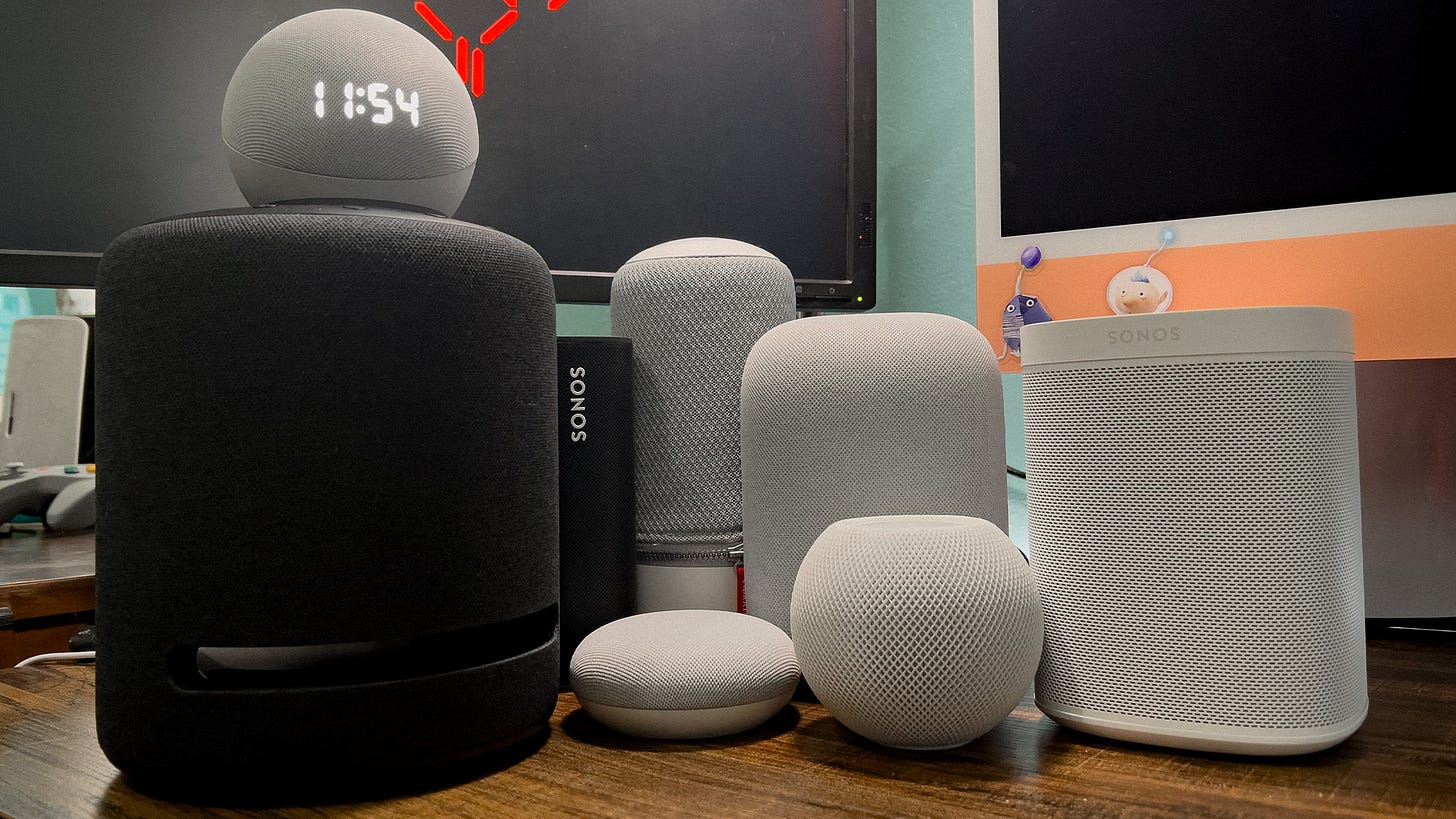
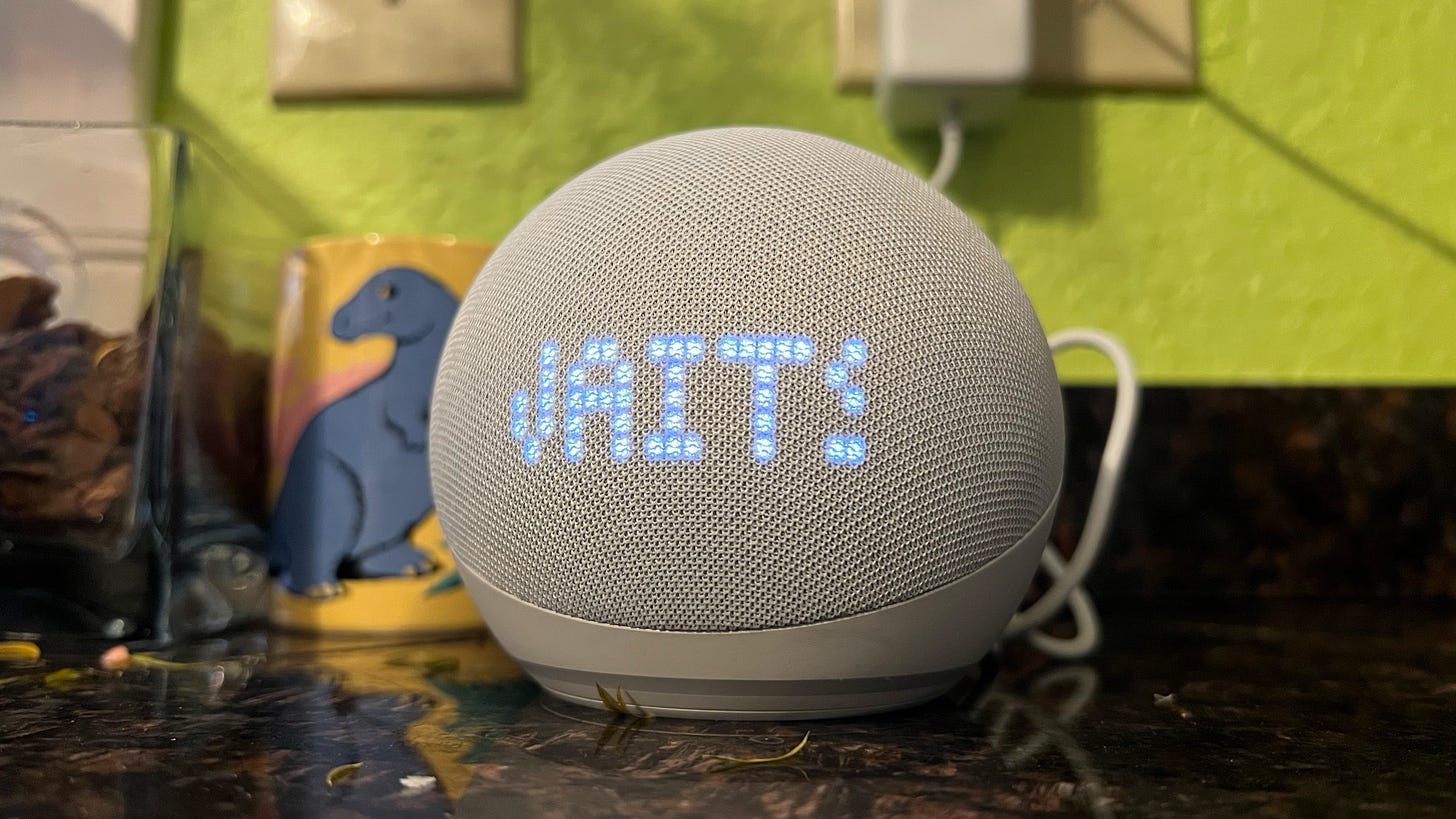
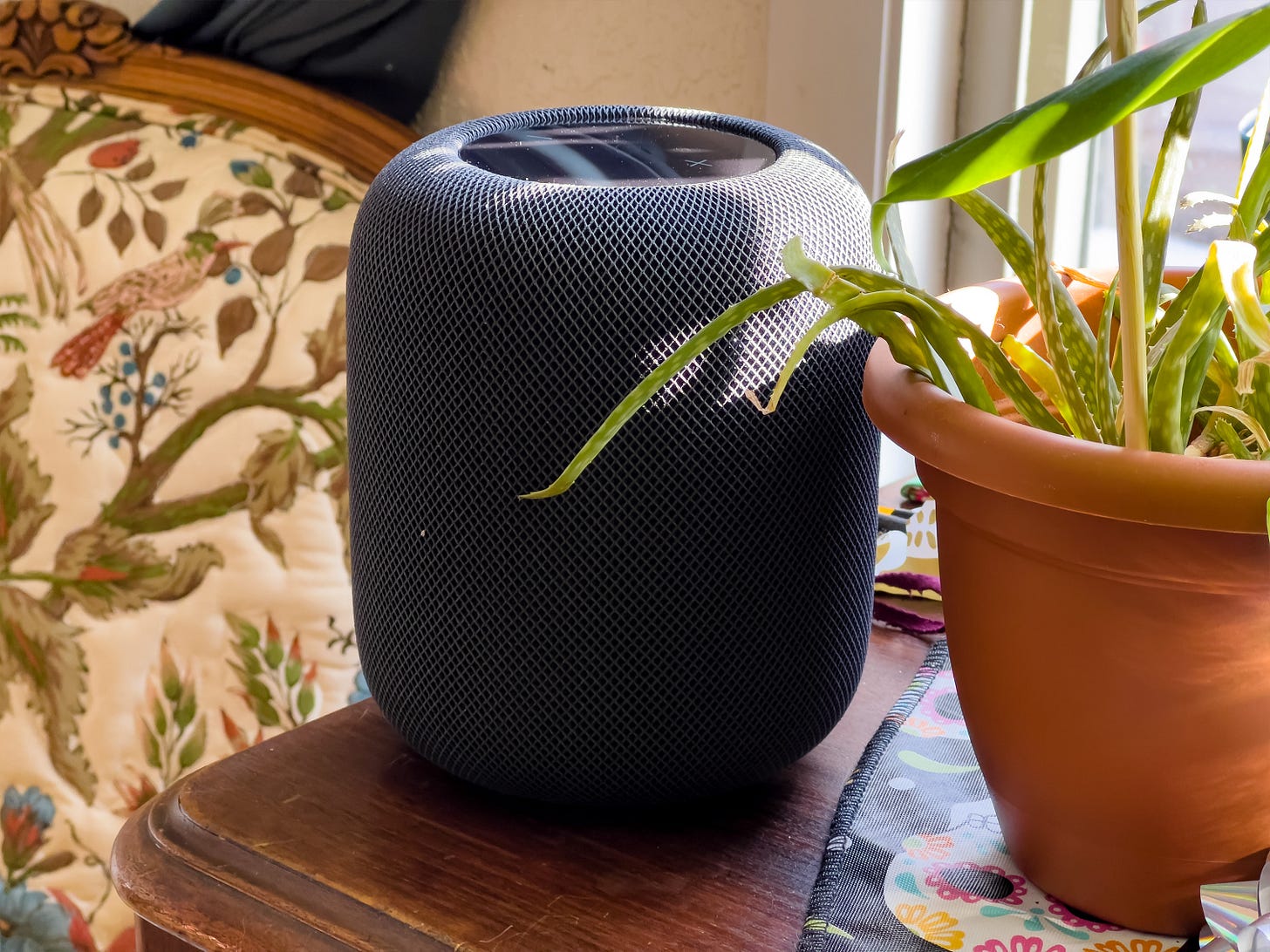
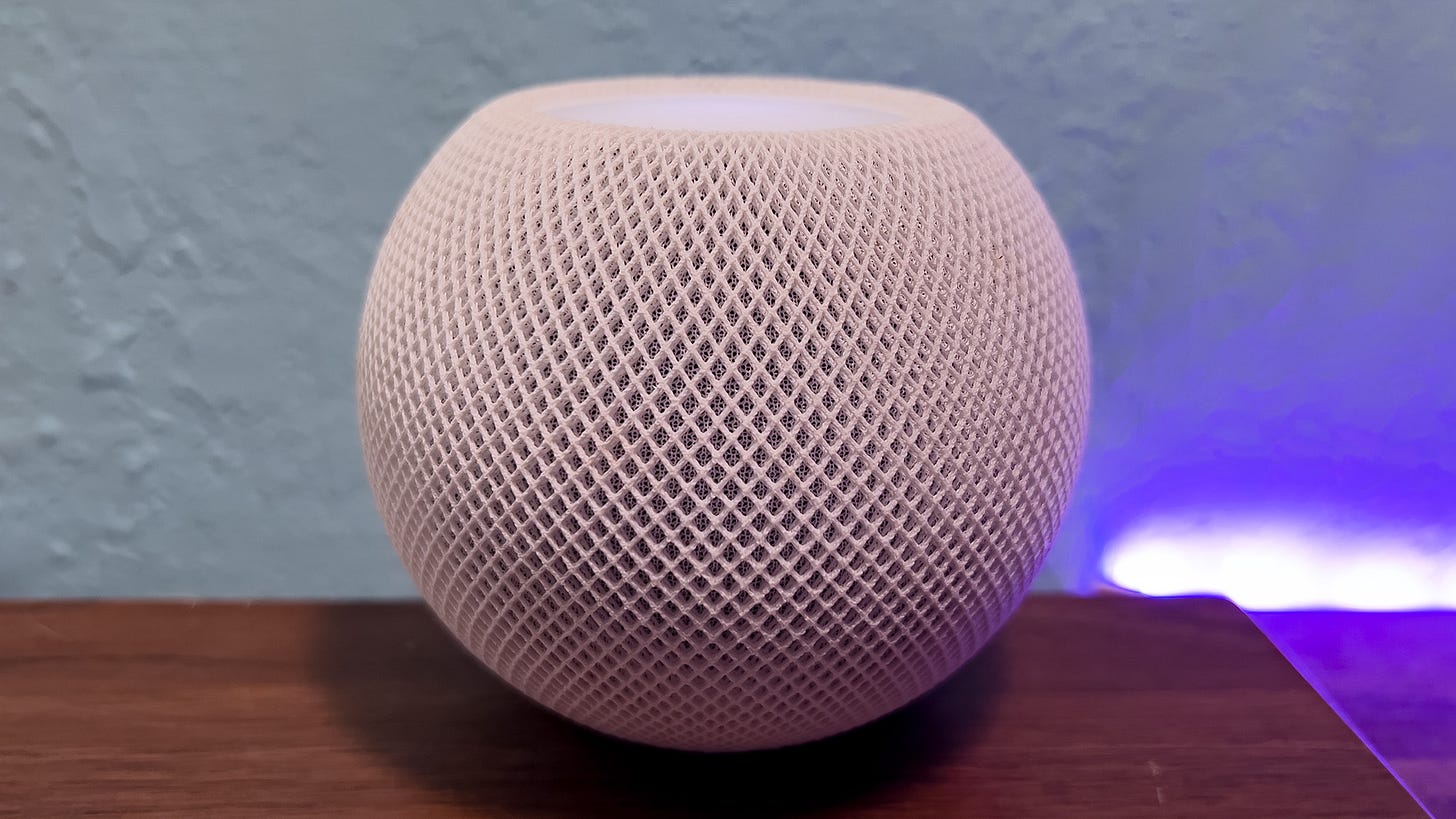
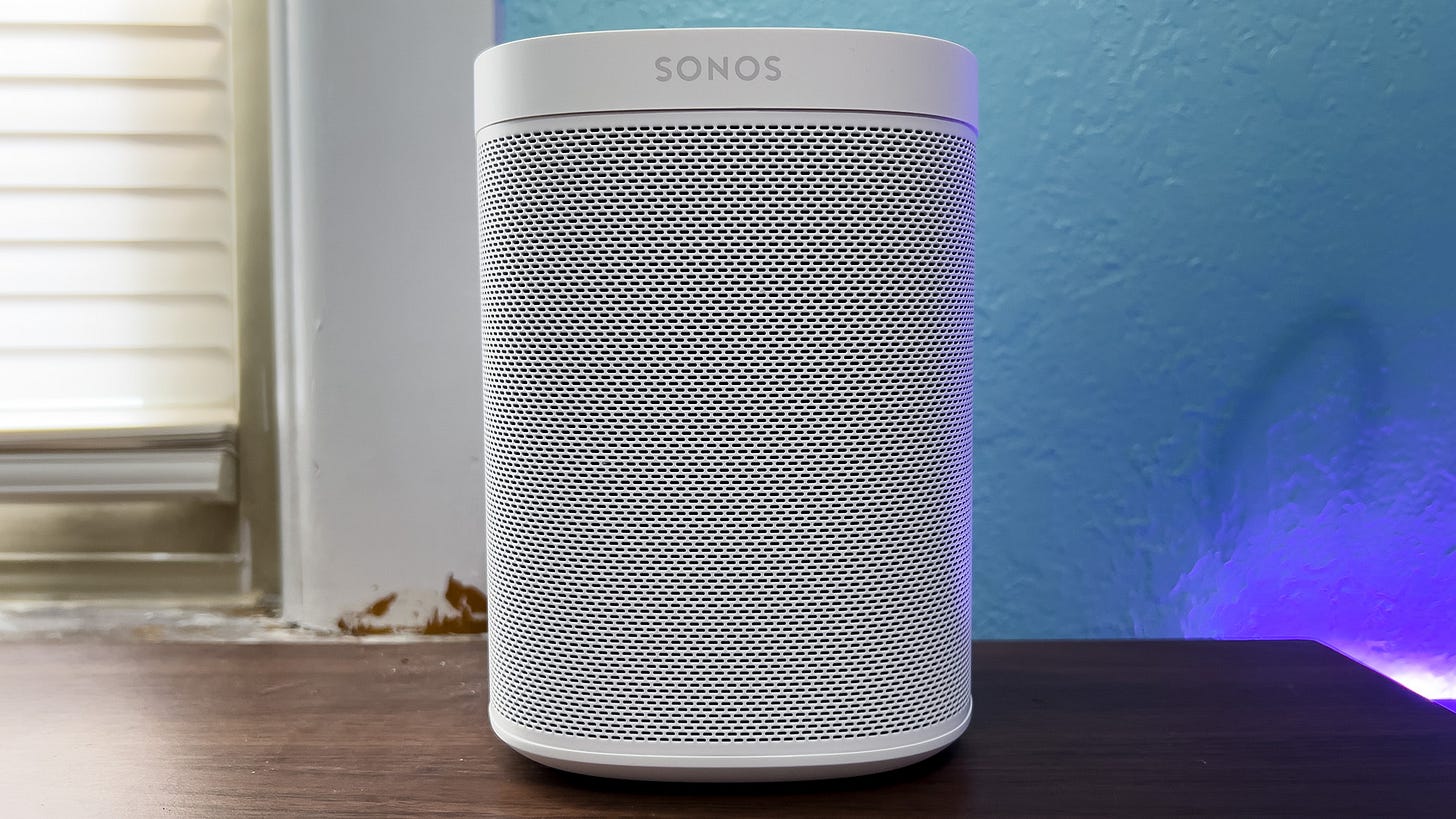
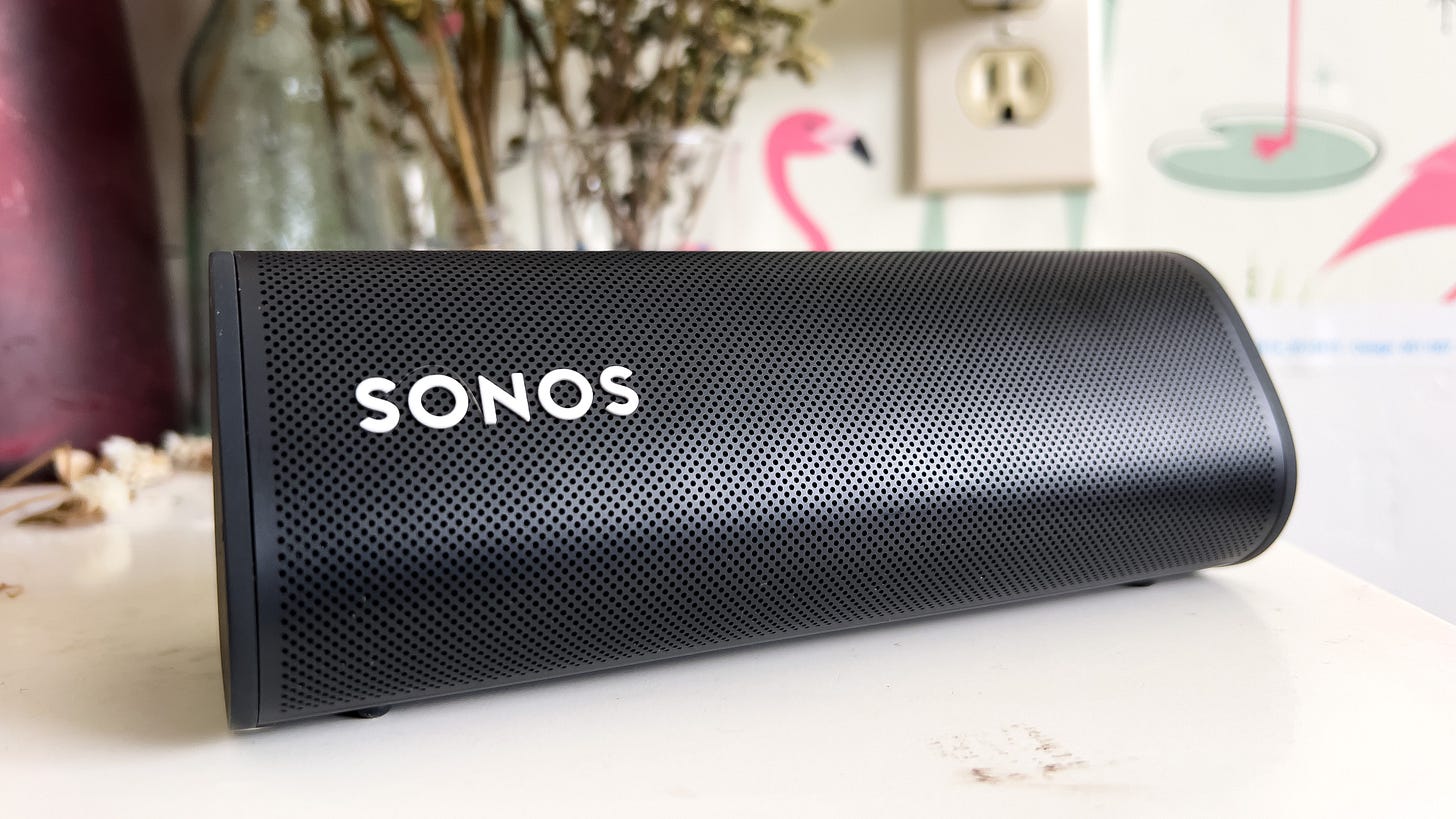
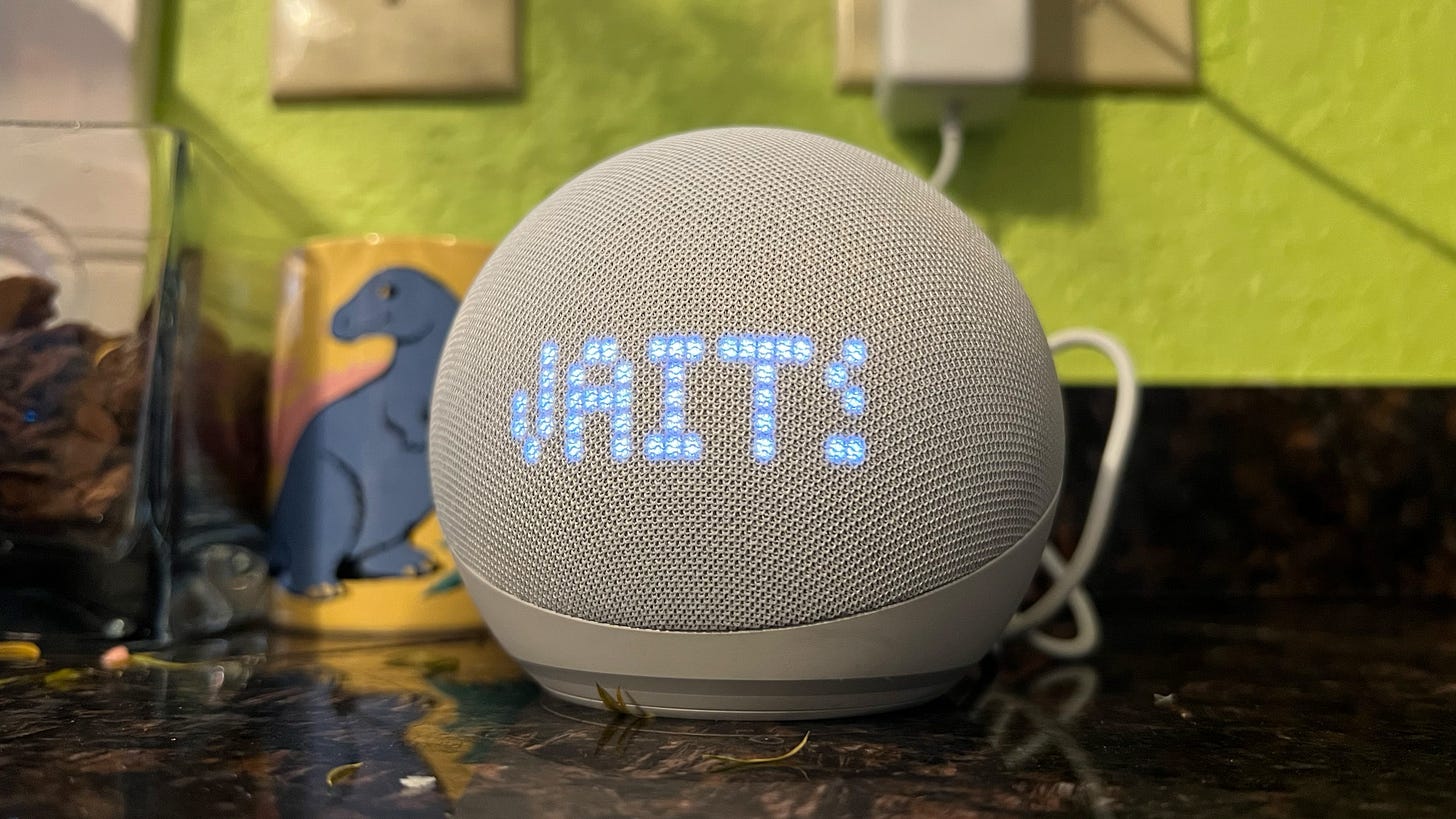
Robo Esposito ahahaha!
I put two Nest speakers in the bedroom, for the stereo effect. Generally works really well and I love the invisible touch controls. Just about every night: "Hey Google, play ocean sounds." zzzzzz